Following The Film Stage’s collective top 50 films of 2023, as part of our year-end coverage, our contributors are sharing their personal top 10 lists.
In all honesty, the films of 2023 should take a backseat to the images we are seeing every day in Gaza, where journalists and average citizens have been recording and documenting a daily assault on their homes and livelihoods by the IDF. Whatever fakery we watched and enjoyed in the cinema this year should always be kept in perspective in importance with images that are real and actually happening right now. The Palestinians who have documented these important images have been targeted and killed with intent and purpose to silence what their photos and videos are showing and saying.
List of journalists who have been killed.
The below is of lesser note:
Best First Watches:
- Angel’s Egg (Mamoru Oshii, 1985)
- La belle noiseuse (Jacques Rivette, 1991)
- Centipede Horror (Keith Li, 1982)
- Charley Varrick (Don Seigel, 1973)
- Coffy (Jack Hill, 1973)
- Crimson Gold (Jafar Panahi, 2003)
- Drifting Clouds (Aki Kaurismäki, 1996)
- Drylongso (Cauleen Smith, 1998)
- The Friends of Eddie Coyle (Peter Yates, 1973)
- Gōke, Body Snatcher from Hell (Hajime Satô, 1968)
- Heaven’s Gate (Micheal Cimino, 1980)
- Imitation of Life (Douglas Sirk, 1959)
- Man With a Movie Camera (Dziga Vertov, 1929)
- Memory Lane (John M. Stahl, 1926)
- Mr. Majestyk (Richard Fleischer, 1974)
- Ms. 45 (Abel Ferrara, 1981)
- Nights of Cabiria (Federico Fellini, 1957)
- Opening Night (John Cassavetes, 1979)
- A Real Young Girl (Catherine Breillat, 1976)
- Rio Bravo (Howard Hawks, 1959)
- Sexy Beast (Jonathan Glazer, 2000)
- Sorcerer (William Friedkin, 1977)
- Supervixens (Russ Meyer, 1975)
- Sympathy for Mr. Vengeance (Park Chan-wook, 1999)
- The Tale of Tsar Saltan (Aleksandr Ptushko, 1966)
- The Wild Bunch (Sam Peckinpah, 1969)
Honorable Mentions:
- About Dry Grasses // Nuri Bilge Ceylan (Turkey)
- Afire // Christian Petzold (Germany)
- Asteroid City // Wes Anderson (USA)
- Fallen Leaves // Aki Kaurismäki (Finland)
- Geographies of Solitude // Jacquelyn Mills (Canada)
- Killers of the Flower Moon // Martin Scorsese (USA)
- Koban Louzoù // Breiuc Sheib (France)
- Kokomo City // D. Smith (USA)
- Laberint Sequences // Blake Williams (Canada)
- May December // Todd Haynes (USA)
- Memory // Michel Franco (USA)
- Nanpakal Nerathu Mayakam // Lijo Jose Pelliserry (India)
- Oppenheimer // Christopher Nolan (USA)
- Sthal // Jayant Digambar Somalkar (India)
- The Blue Caftan // Maryam Touzani (Morocco)
- The Boy and the Heron // Hayao Miyazaki (Japan)
- The Killer // David Fincher (USA)
10. Against the Tide (Sarvnik Kaur, India)
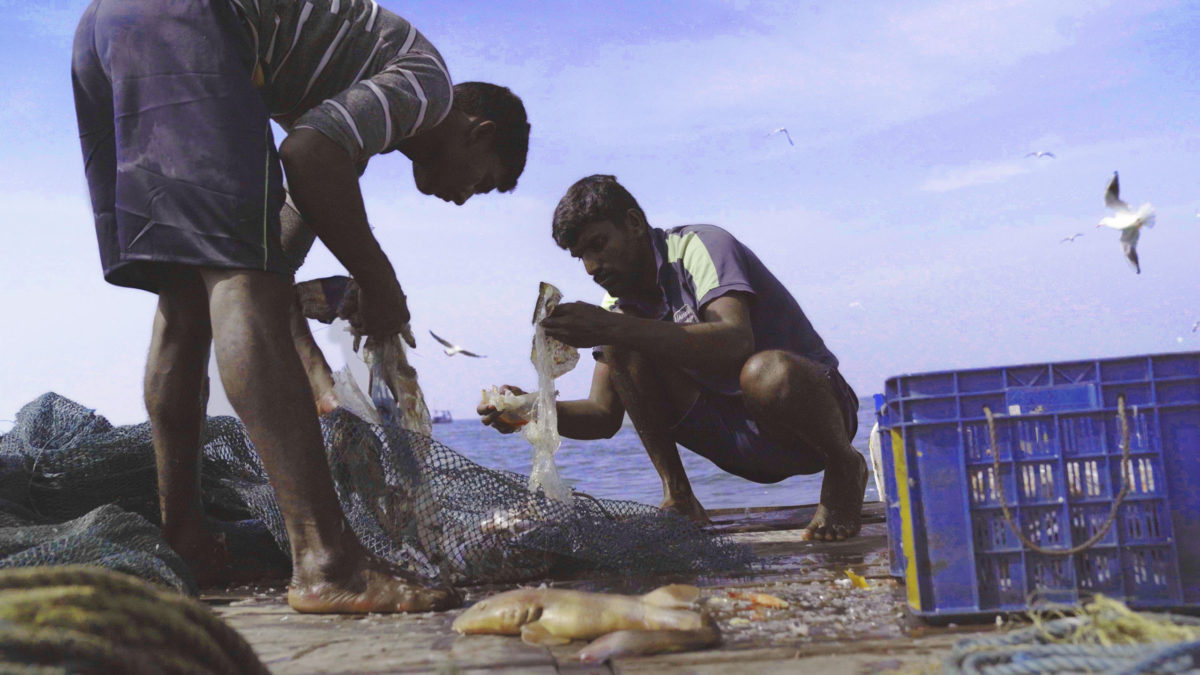
The phantom forces of climate change and capitalism combine to create an untenable situation for Mumbai’s indigenous Koli fishermen in Sarvnik Kaur’s Against the Tide. There is a steady stream of somber documentaries about environmental crises in India and it suggests a country that is on the brink in its increasingly abusive relationship to resources and the flora and fauna that serve its densely populated urban areas. Kaur breaks down the problems through the eyes of Rakhesh who is slowly starting to realize he can’t feed his family for much longer. Kaur films the intimate spaces of his home life, juxtaposed with his ventures out on his small boat, fighting the good fight against the commercial fishing industry. He is Ahab and the whale is swallowing him whole.
9. Skinamarink (Kyle Edward Ball, USA)
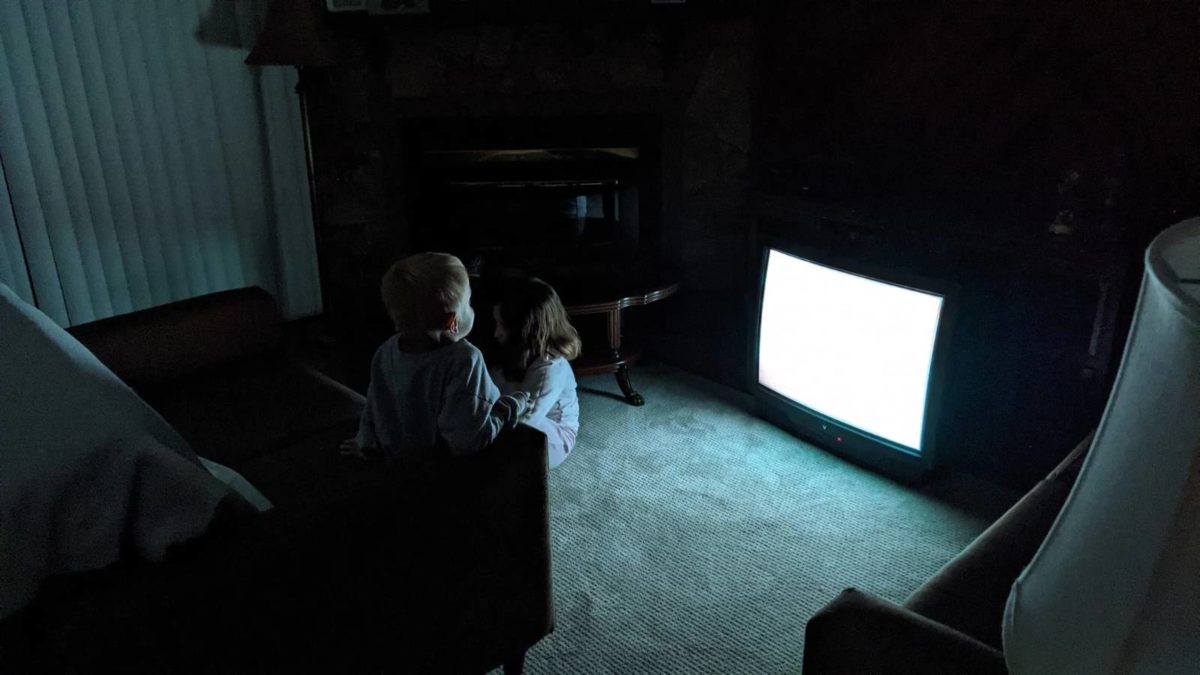
Skinamarink transforms a film’s production limitations into mind-warping aesthetic strengths. The VHS distortion and lighting play tricks on the eyes, daring you to look deep into the black voids, the massive gaps in the movies visual template, and see if you spot anything. The premise is deviously simple and that gives way to an atmospheric hellscape made up of all the corners, nooks, and crannies of your deepest nostalgic memories.
8. Do Not Expect Too Much From the End of the World (Radu Jude, Romania)
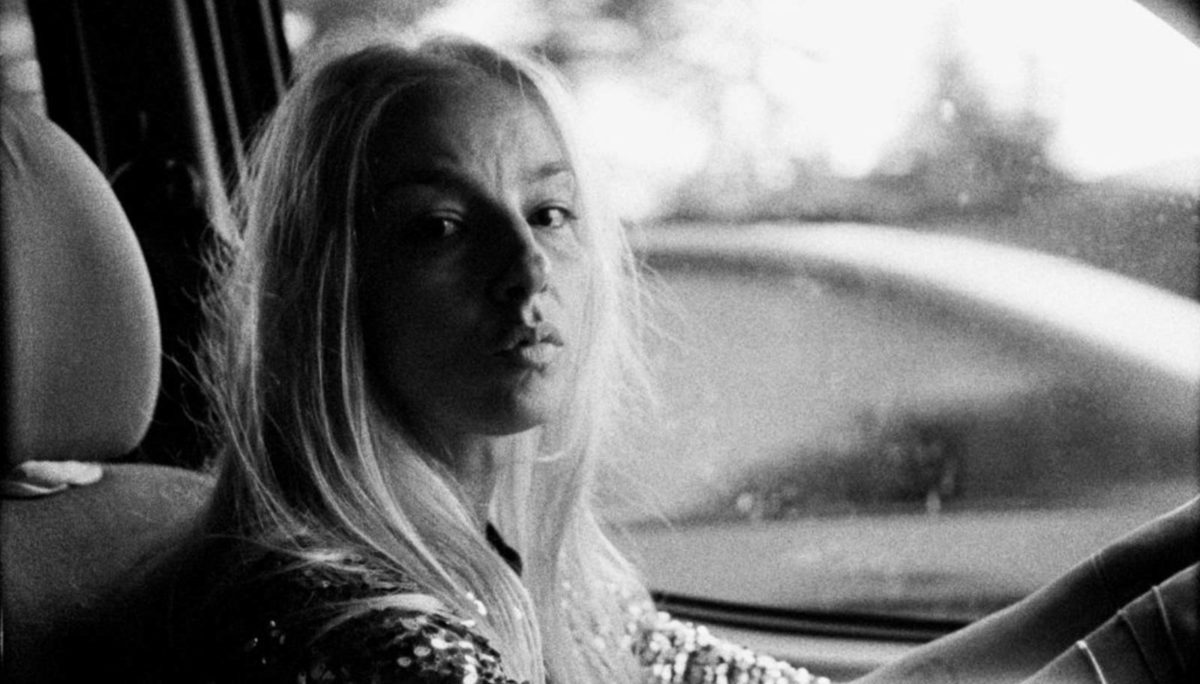
Radu Jude’s stunning streak of politically acidic cinema has been compared by Jonathan Rosenbaum to Godard’s 70s streak. If that’s not enough of a compliment, Jude is the only filmmaker who seems capable of creating art that uses all the technological and aesthetic choices of the present without being embarrassingly self-effacing about them. In End of the World, Jude’s greatest strength comes in turning cellphones, video cameras, and Zoom screens into tools that both aim to correct and destroy what is in front of them. He will delight you in irreverent takedowns of Romanian racism and Andrew Tate antics, and then in one swoop shut you up with a 10-minute silent sequence of memorials dedicated to people who have been killed on highways.
7. The Plains (David Easteal, Australia)
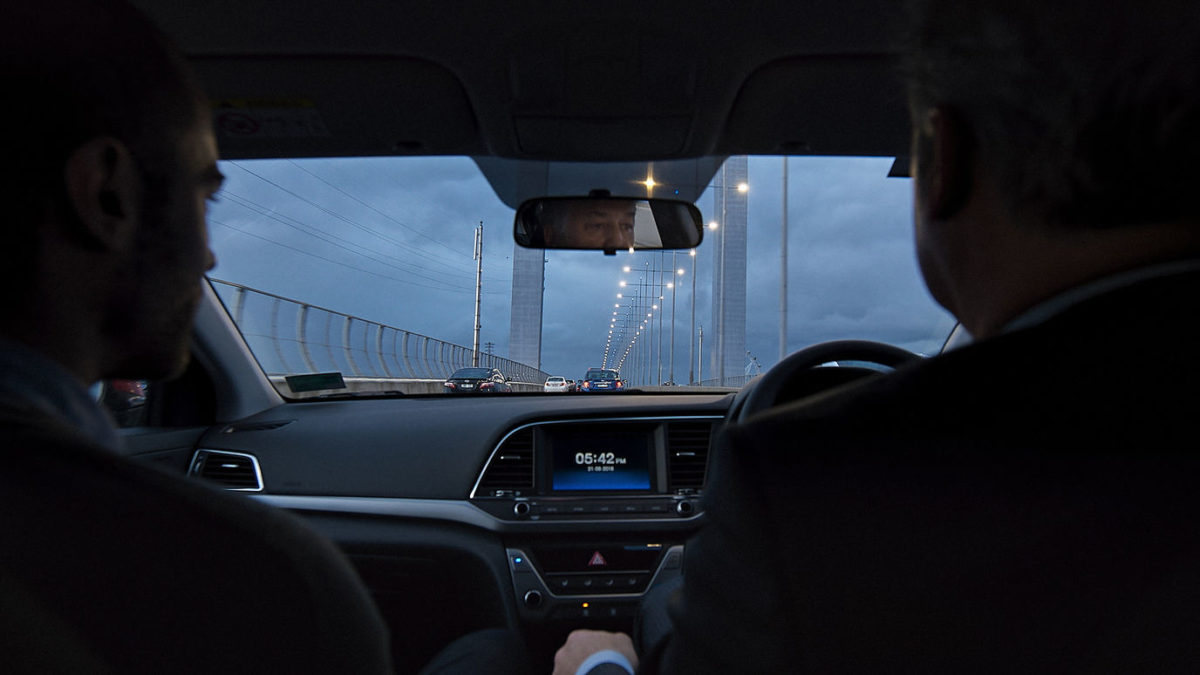
Perhaps the greatest gift a film can give its audience in today’s day and age is patience. The gift of time. The opportunity to take a breath and look intently, curiously at what is happening onscreen. Not many will heed the word, but David Easteal’s The Plains is a marvelously structured road narrative that offers the opportunity to take in the idea of time as an inseparable part of the film experience. When the commotion is kept at bay, we get to really hear the words of the actors, see what’s happening at the periphery of frames, and take in the ways people’s lives can drastically change in the small moments.
6. Youth (Spring) (Wang Bing, France/Luxembourg/Netherlands)
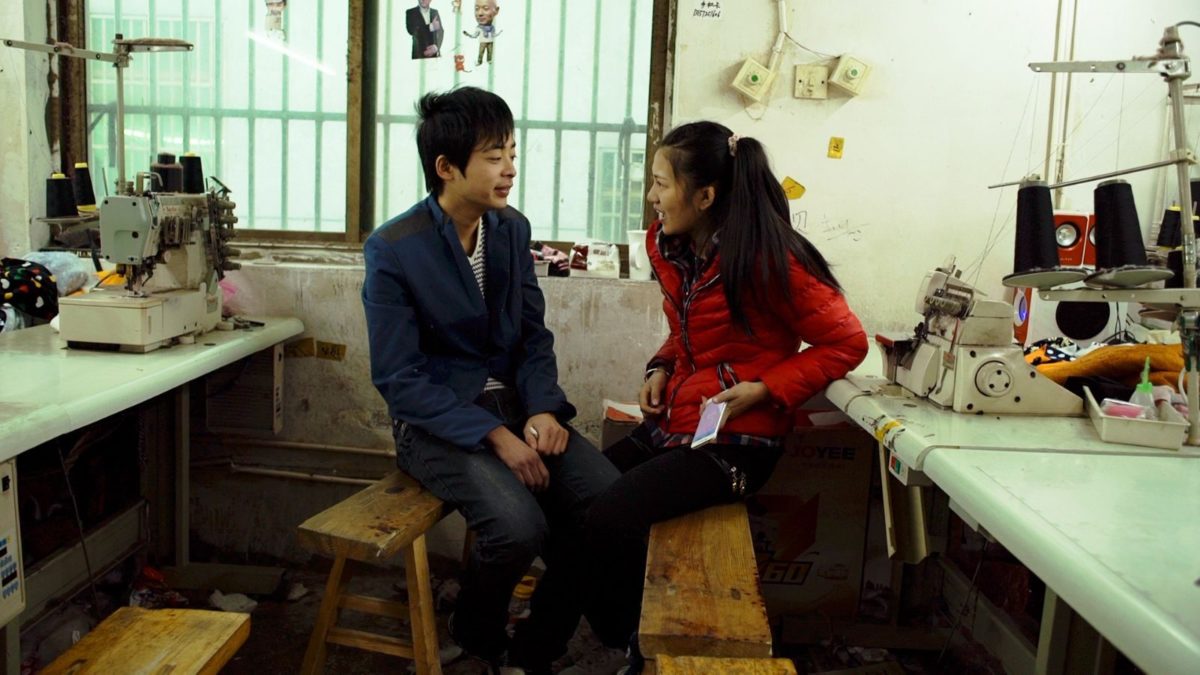
The way Wang Bing’s camera documents the lives of young textile workers in China is not merely observant, it is actively participating in the intimacy of the environment. The camera often feels like it’s being stuck in the face of some, while other times, it utilizes more of an establishing shot, showing two young people using sewing machines with piles of clothes towering all around them. This is a movie as much about generational life as it is about labor. The two are intrinsically tied and the pace, giving a lived-in feel for the audience, seeks to show in equal measure the heavy burden of the capitalist machinery and the ways romance, friendship, and dreams of youth try to carve a space away from it.
5. The Zone of Interest (Jonathan Glazer, UK)
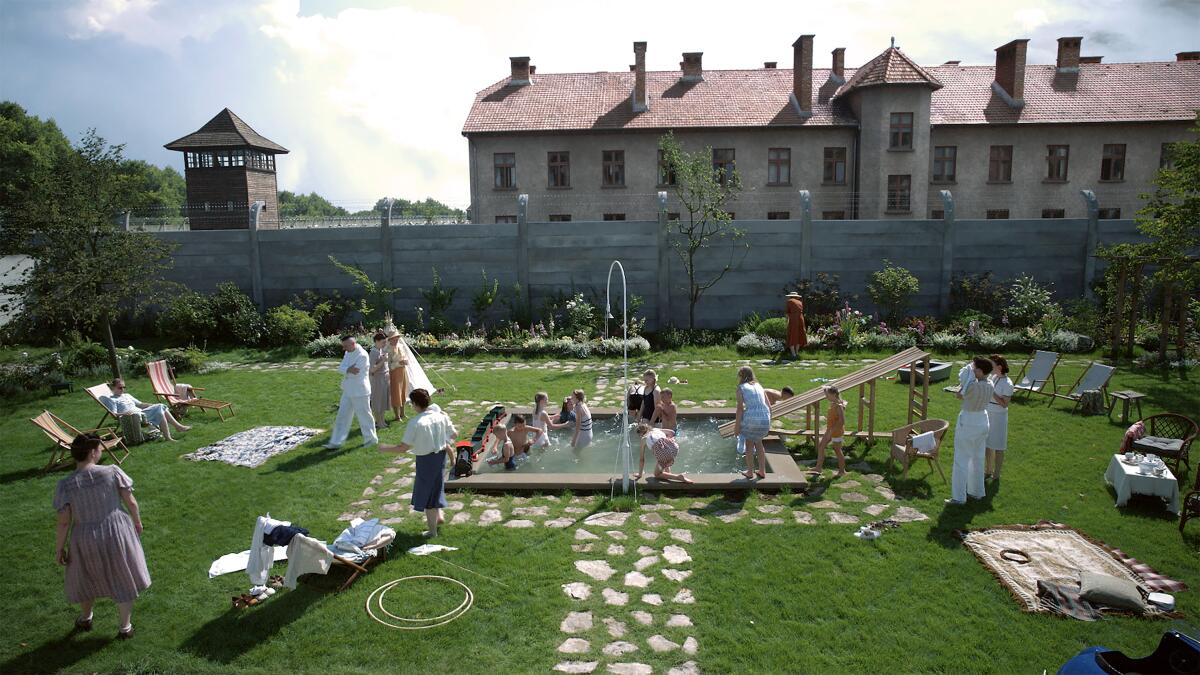
The Zone of Interest is perhaps the most divisive film of the year. Its austere aesthetic drive, meant to create pockets of solitude that are pierced by the sounds of violence, can be seen as a daring approach to depictions of mass violence or a cold and disingenuous parlor trick. I found Glazer’s fourth feature to be an almost counter-approach to László Nemes’ Son of Saul. A film whereby all commotion, closeness, and dread of violence is removed. Yet, the wails and sirens of death are still there, ever present.
4. Godzilla Minus One (Takashi Yamazaki, Japan)
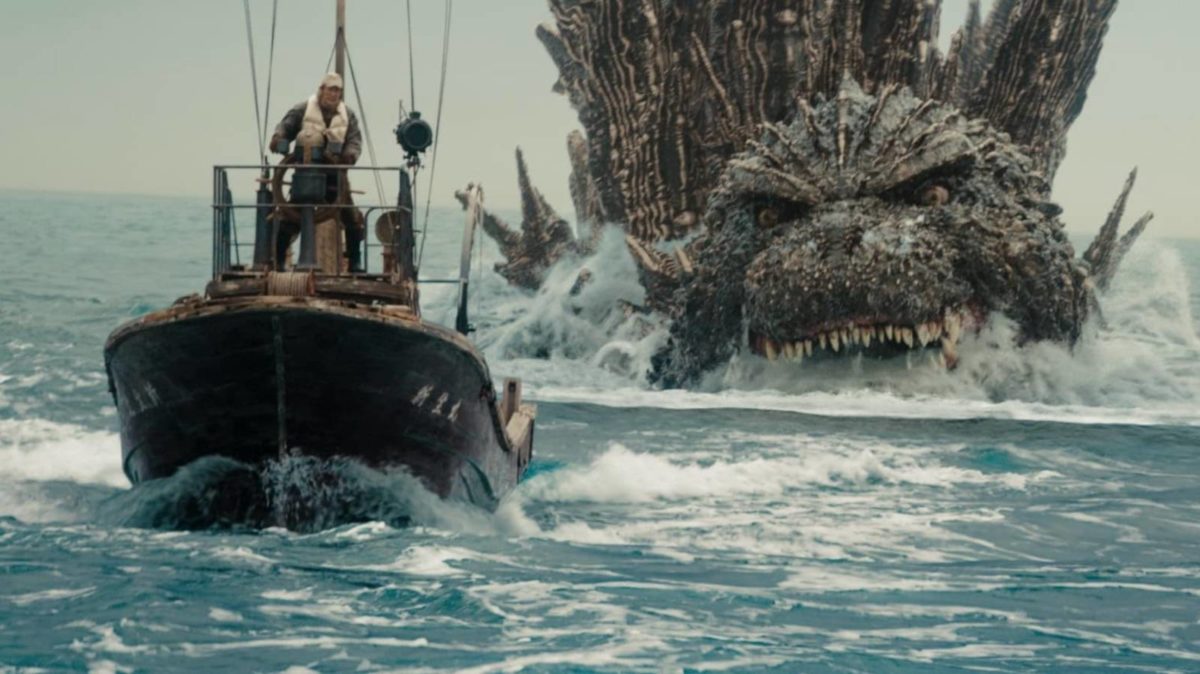
The one thing Japanese Godzilla films get consistently right that the American ones don’t is what to do when the star of the show isn’t burning shit down and taking no prisoners. Taking a much more traditionalist approach with narrative than the free-wheeling Shin Godzilla, Yamazaki’s version offers a melodramatic struggle between the false honor of dying for your country and the real honor of preserving life itself. Oh, and the battle sequences in the water are absolutely face-melting.
3. Seven Veils (Atom Egoyan, Canada)
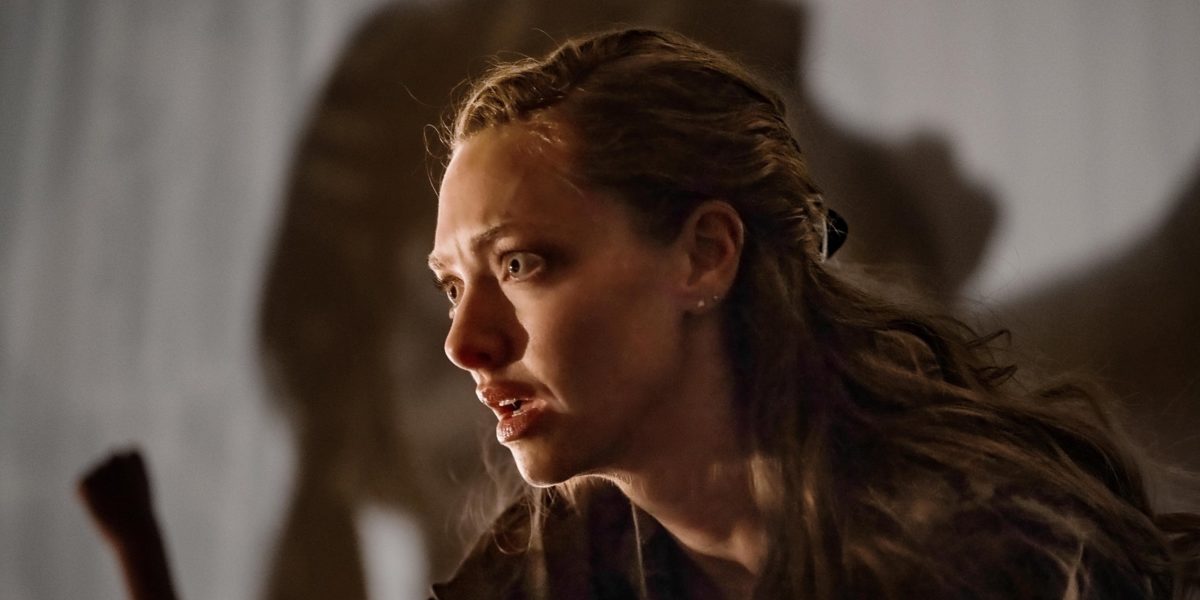
Atom Egoyan is back. I mean BACK back. Featuring an absolutely towering obsessive performance by Amanda Seyfried, Egoyan uses Oscar Wilde’s one-act play “Salome” as a cipher for creating a delirious and visually inventive thriller about a young theater director who digs with crazed effort into her past and maybe digs a little too far. The generational scars of artistic impulse and the domineering male entitlement in art spaces come to a head with a fable-like atmosphere that rivals Egoyan’s Exotica and The Sweet Hereafter.
2. Close Your Eyes (Víctor Erice, Spain)
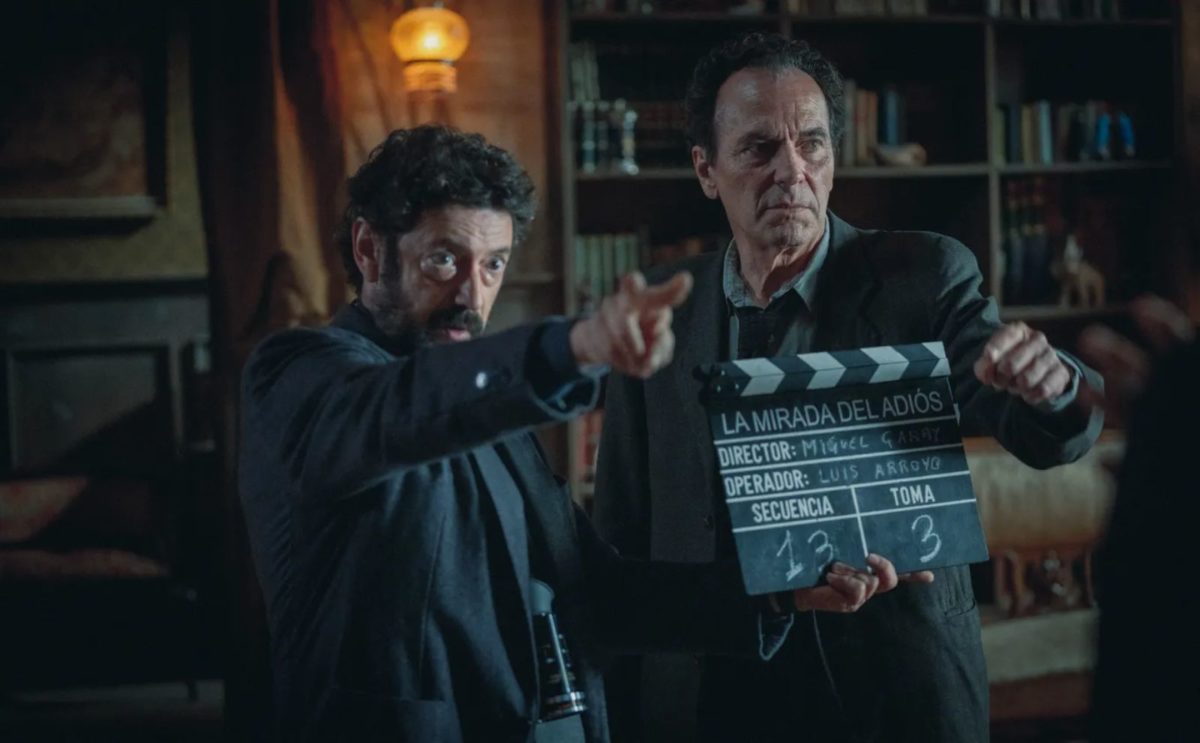
It’s almost impossible to see this movie beyond the “moment” of what it represents. An auteur, one of cinema’s greatest, comes back after 30 years. When the curtains closed I found myself in a familiar trap––disappointed, I thought, this isn’t the Víctor Erice I knew. Stupid, of course it’s not. Close Your Eyes does something so confrontational it takes a while for it to seep in and hit. A filmmaker taking 15 minutes reminding you of what you loved about him in the first place and then spending the next three hours creating a heartbreaking treatise on time passing, memory, and the image.
1. Menus Plaisirs Les-Troisgros (Frederick Wiseman, USA/France)
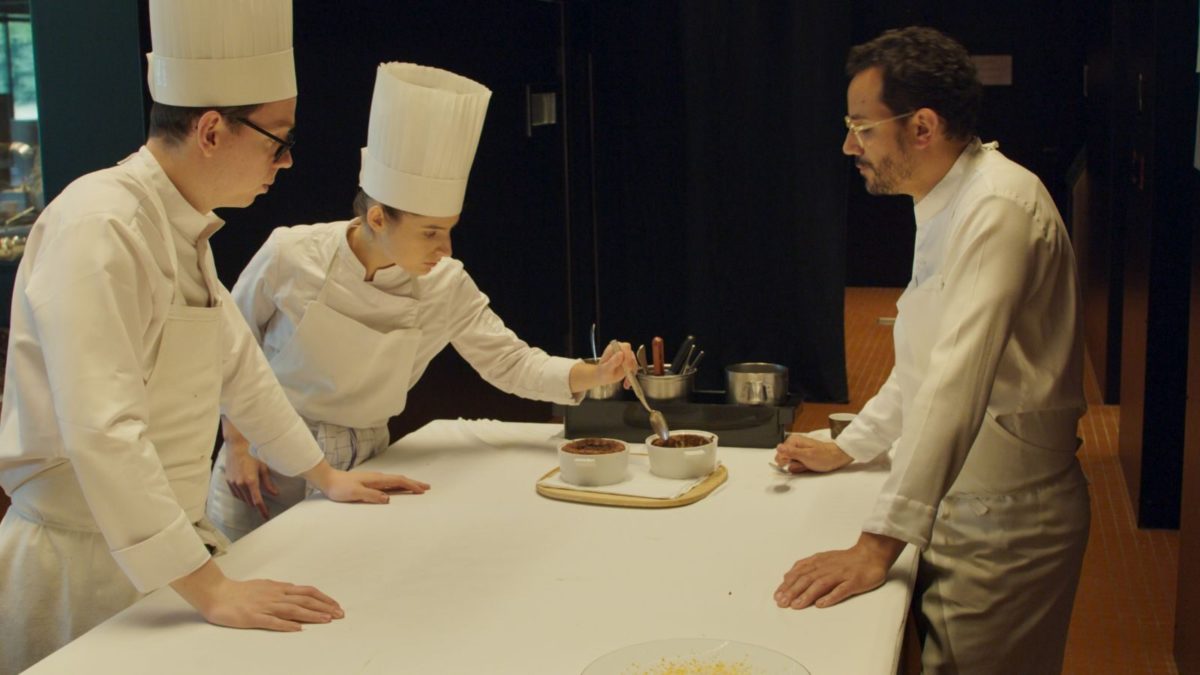
At first glance, it may be easy to be distracted by the crisp and clean surfaces and corners of the Troisgros restaurant, the ethereal beauty of its surrounding gardens and lakes, as well as the irresistibly curated dishes that fill the screen in Frederick Wiseman’s latest documentation of a longstanding proud French culinary institution. What Wiseman is really documenting here is a family, and the food and service is an extension of that. The food, the ambiance, and the extensive discussions of ingredients and pairings is what will attract most viewers to this four-hour epic, but it’s the stories that Michel Troisgros relays to his many esteemed diners––what he learned from his father, what he hopes for the future of his children, and what it means to run this legendary family heirloom––that makes Menus-Plaisirs Les Troisgros such a comforting watch.
